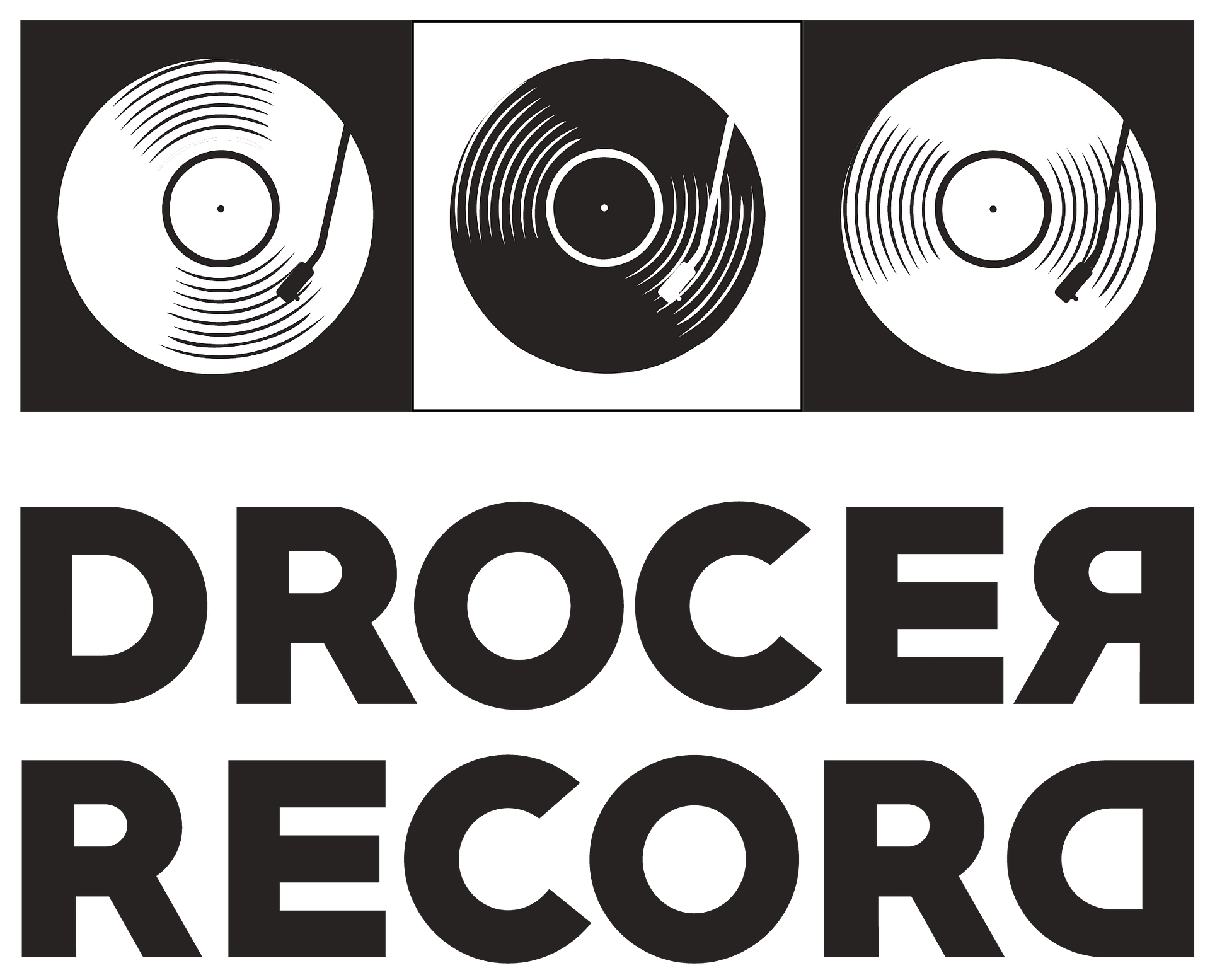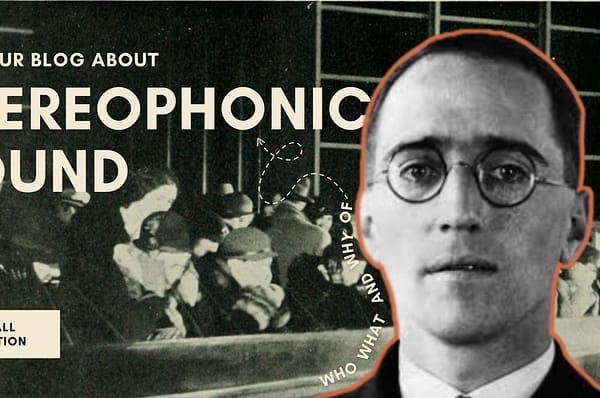When it comes to music, we fans are known for having some quite passionate debates, and one hot topic that never seems to cool down is the medium on which music is experienced. Whether it’s the battle between streaming versus downloading or the timeless clash of vinyl versus digital, music enthusiasts are always up for a discourse
Some myths tend to get mixed up in this debate, especially concerning vinyl – so Drocer Record is here to bust and debunk them for you. Let’s get this party started.
MYTH 1: Vinyl Sounds Better Than CDs
Comparing CDs to vinyl records is like comparing digital and film photography. Both are audio formats from different eras, with CDs using digital encoding and lasers for playback, while vinyl relies on analogue technology and needles.
From a technical perspective, CD audio is superior, making it the mainstream choice for both professionals and consumers. However, a growing niche of enthusiasts, artists, and audiophiles appreciate the analogue charm of vinyl, contributing to its resurgence in modern music culture. Despite the technical advantages of CDs, some argue that there’s a unique quality in analogue sound that digital formats may not fully capture – and we for sure agree to that (no wonder, we are a vinyl record company, after all, pfft). But in the end, we’re gonna be a little diplomatic and say, to each their own (FYI – we still prefer vinyl)
MYTH 2: Black Vinyl and Coloured Vinyl Sound Different
First of all, to understand the nuances behind why black and coloured vinyl might have distinct sound characteristics, it’s essential to delve into the composition and manufacturing process of vinyl records.
In short, Vinyl records are crafted from PVC (Polyvinyl Chloride), a material derived from refined oil. In the production phase, PVC is transformed from pellets into records through a heating and stamping process using specialized equipment. The significance lies in the additives mixed with PVC during production, which dictate the record’s color. This factor could potentially influence its sound quality as well. Now, starting with this – refer to the table below for all the possible differences that could be pointed out.

Source: Pop Vinyl Records
Now coming to the debate regarding the potential discrepancies in sound quality between black and coloured vinyl continues among audiophiles. Historically, black vinyl has been favored for its presumed superior playback quality, attributed in part to the addition of carbon black, which is thought to minimize surface noise. Nevertheless, advancements in vinyl manufacturing have considerably minimized this perceived gap in quality. When produced correctly, coloured vinyl can deliver sound quality on par with black variants. Factors such as the quality of pressing, mastering techniques, and the playback equipment used often exert a more substantial influence on the overall sound quality of a record than the colour of the vinyl itself. Not to mention, a coloured vinyl is a huge score for any vinyl enthusiast – its aesthetic appeal plus most coloured ones are limited editions. Oh and the variants that have come in now, neon records, glow in the dark records, glitter records, and this is just off the top of our heads. So people, please don’t go spreading these rumours – we like both black and coloured vinyl here equally.
MYTH 3: The First Picture Disc Was Released By Hitler
How much it pains us to tell you that this is true. Although decorative picture discs do date back to the 1920s, they were initially non-functional. The credit for the first playable flat shellac picture disc goes to Adolf Hitler in 1934. He released an LP featuring his speeches, adorned with a large image of him towering over a packed auditorium.
We did a little digging and found it – here you go:
MYTH 4: LPs are superior to Singles
During the early days of phonographs, the standard rotation speed was 78 rpm, resulting in just five minutes of playtime before the needle reached the disc’s end (we know, it seems unimaginable). Technological advancements in the mid-20th century introduced the option for records to spin at both 33⅓ and 45 rpm while maintaining the same fidelity as the earlier 78 rpm.
This innovation allowed artists to release singles (45 rpm) as an alternative to LPs (33⅓ rpm), with both formats offering identical acoustics and fidelity – so neither one is superior, both run the same track.
MYTH 5: Stylus-Vinyl Friction Can Make You Stop Listening To Your Record On Repeat Due To Heat Production
Yes, when a stylus and vinyl rub against each other, it generates heat, as is the case with any two surfaces in contact. So, yes, playing a record does produce heat, and continuous playback will accumulate some level of warmth. However, the notion that the heat buildup is substantial enough to necessitate a long hours-on-end break for the record to “cool down” is for sure exaggerated. Go feel free to listen to your heart’s content without worrying about overheating. Your favourite record awaits and if you haven’t got it yet – go visit our website!
Got a vinyl myth you’d like to bust or debunk? Go crazy in the comments below!





